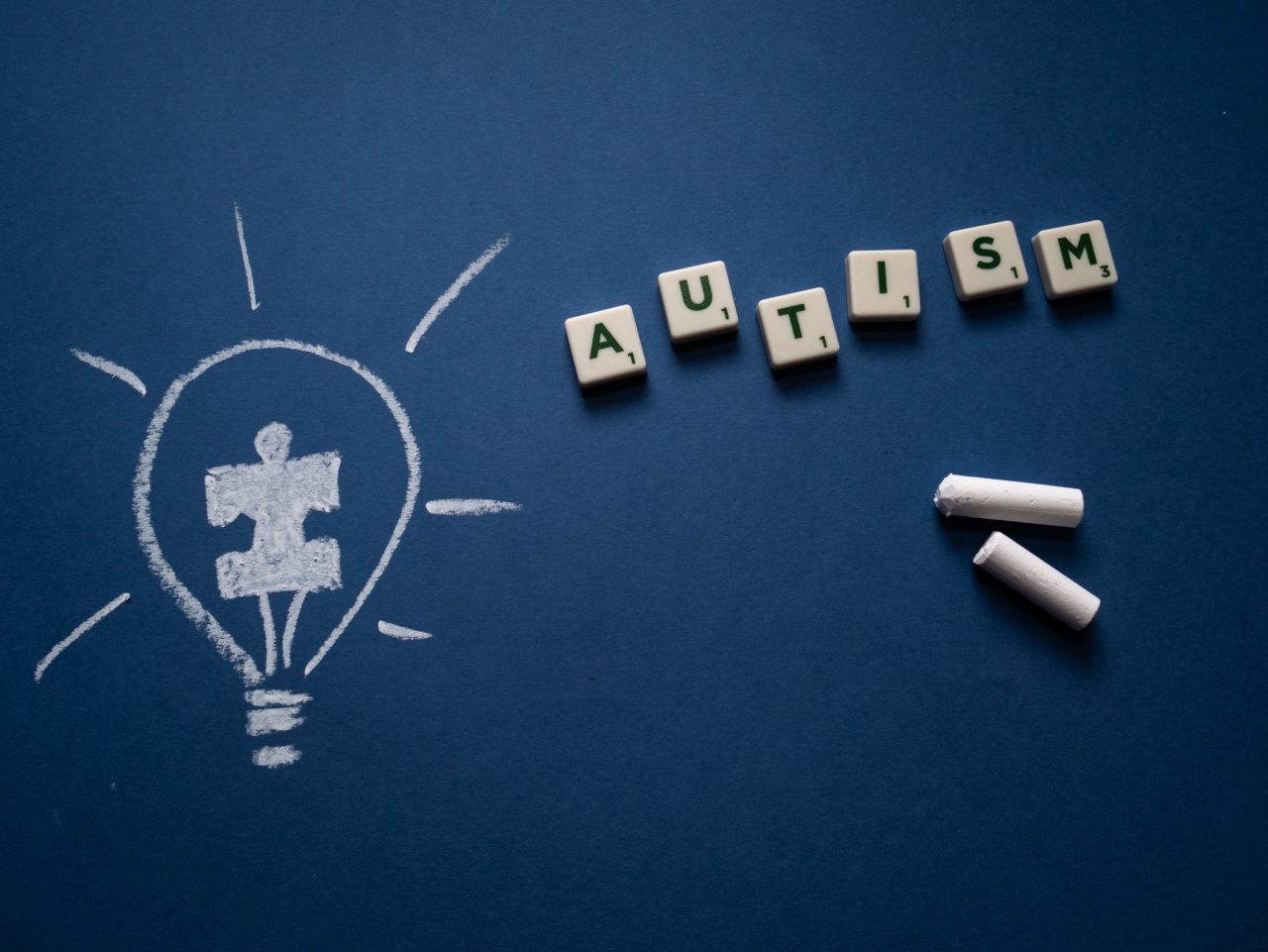Autism Spectrum Disorder (ASD) is a complex neurodevelopmental disorder that affects social interaction, communication, and behavior.
It is believed to be caused by a combination of genetic and environmental factors, but the exact causes are still unknown. Recent years have seen a significant increase in the number of cases of ASD, which has sparked concern and raised questions about the factors contributing to the rise.
What is Autism Spectrum Disorder?
ASD is a spectrum disorder, which means that it encompasses a range of symptoms and severity levels. It typically appears in early childhood and can affect a child’s development in several areas:.
- Social interaction: Children with ASD may struggle to engage in social interactions, may not respond to their name, or may struggle with eye contact or reading facial expressions.
- Communication: Children with ASD may have difficulty with language development, may repeat words or phrases, or may have trouble understanding sarcasm or non-literal language.
- Behavior: Children with ASD may engage in repetitive behaviors or have very focused interests.
The Rise in Autism Spectrum Disorder Cases
The number of cases of ASD has risen dramatically in recent years. In the 1990s, the prevalence of ASD was estimated to be around 1 in 1000. By 2020, that number had risen to 1 in 54, according to the Centers for Disease Control and Prevention (CDC).
There is some debate among experts about whether this increase is due to a real rise in the number of cases or whether it is the result of increased awareness and diagnosis.
Some argue that better screening and diagnostic tools are identifying cases that would have previously gone undiagnosed. Others point to environmental factors, such as increased pollution or exposure to certain chemicals, as possible contributors.
The Role of Genetics in Autism Spectrum Disorder
While the causes of ASD are not fully understood, there is strong evidence to suggest a genetic component.
Studies have found that families with one child on the autism spectrum are more likely to have another child with ASD, and there are certain genetic mutations and variations that are more common among people with ASD.
However, genetics alone do not appear to be the sole cause of the disorder. Identical twins, who share the same genes, do not always both have ASD, suggesting that environmental factors also play a role.
Environmental Factors and Autism Spectrum Disorder
Research into environmental factors contributing to ASD is ongoing but has not yielded definitive answers.
Some studies have suggested that exposure to certain toxins, such as lead or mercury, during fetal development or in early childhood may increase the risk of ASD. Other studies have found a potential link between air pollution and autism.
The age of the parents may also be a factor. Research has found that children born to older parents are at higher risk of developing ASD.
The Importance of Early Diagnosis and Intervention
Regardless of the cause, early diagnosis and intervention are crucial for children with ASD. Early intervention can help improve communication and social skills and reduce or eliminate problematic behaviors.
Diagnostic tools have improved significantly in recent years but are still not perfect. It can be challenging to diagnose ASD in very young children as some signs may not become apparent until later.
It is essential for parents and caregivers to be aware of the early signs of ASD and seek a diagnosis if they suspect their child may be on the autism spectrum.
Conclusion
ASD is a complex disorder with many potential causes.
While the rise in cases is concerning, it is important to continue to improve diagnostic tools and increase awareness of the disorder to ensure that children receive the support and intervention they need to thrive.


























